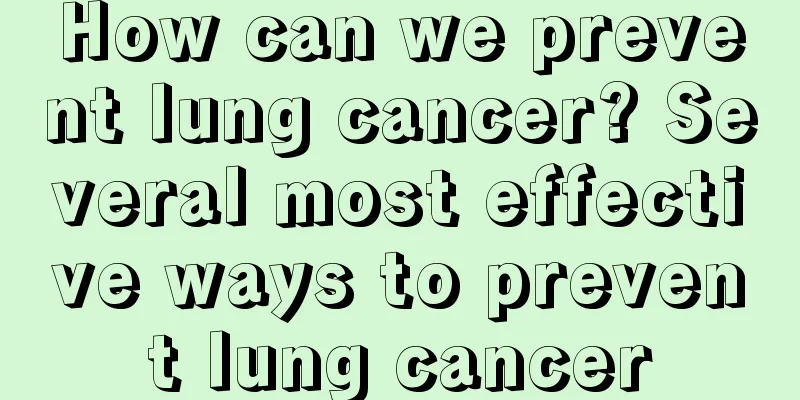The role of bleaching block in food

|
As people's health awareness continues to improve, food safety is currently an issue that everyone is concerned about. Many foods we come into contact with in our lives have various chemicals added to them, some of which are harmless to the human body, while others have a very serious impact on the body. Bailua has been used extensively before, and many problems have arisen because of its special function. So, what is the role of bleaching powder in food? Whitening powder is also known as bleaching powder . Its chemical name is sodium formaldehyde sulfoxylate dihydrate or sodium formaldehyde sulfoxylate dihydrate. It is translucent white crystals or small pieces and is easily soluble in water. It has strong reducing properties at high temperatures and has a bleaching effect. It decomposes when it comes into contact with acid to produce sodium salt and chlorinated acid. It decomposes at 120°C to produce toxic gases such as formaldehyde, sulfur dioxide and hydrogen sulfide. The aqueous solution of bleaching powder begins to decompose harmful substances at above 60°C. In the printing and dyeing industry, bleaching agent is used as a discharge agent and reducing agent to produce indigo dyes, vat dyes, etc. Why is bleaching powder added to food? Some lawbreakers mix bleaching powder into foods such as bean curd sheets, vermicelli, flour, bamboo shoots, etc., mainly to whiten them, preserve freshness, increase taste and prevent spoilage. Using bleaching blocks can mask the spoiled appearance of inferior food. What are the hazards of hanging white block The toxicity of bleaching powder is related to the formaldehyde produced when it decomposes. Formaldehyde easily reacts with receptors of various chemical structures in the body. For example, it can undergo condensation with amino compounds and add with sulfhydryl compounds to denature proteins. Formaldehyde can also be reduced to alcohol in the body, so it can exhibit the toxic effects of methanol. Harmful to the human body. First aid treatment for Diaobaikuai poisoning : 1. Gastric lavage with 15% acetamide and then with warm water. If you accidentally ingest poisonous food, you should wash your stomach and induce laxatives before symptoms appear. ⒉ After gastric lavage, inject the general antidote medicinal charcoal, tannic acid, magnesium oxide, or raw licorice and mung bean soup with medicinal charcoal liquid. ⒊ Catharsis with 40-60 ml of 50% sodium sulfate; or high colon lavage with normal saline. ⒋ Drink appropriate amount of fluid. ⒌ For patients with oliguria, give furosemide (furosemide) as a diuretic. ⒍ Liver protection treatment includes glucuronolactone (glucuronolide) and vitamin C. ⒎ Give effective cough suppressants. ⒏ Treat symptomatically. |
<<: Tips for curing itchy throat
>>: What are the ways pollen is spread
Recommend
What to do if you are allergic to the legs of glasses
More and more people are suffering from myopia, s...
What is the treatment for myasthenia gravis ocular?
Ocular myasthenia gravis is a type of myasthenia ...
Advanced stage of thyroid cancer
Thyroid cancer is a relatively common malignant t...
How to deal with recurrence of tongue cancer
Tongue cancer is a disease that makes people worr...
Can patients with cervical cancer do daily exercise?
Cervical cancer is usually treated with surgery, ...
What causes sweaty legs? What causes sweating?
It is normal to sweat in the hot summer, but if y...
What is the difference between vaginal ultrasound and color Doppler ultrasound
Nowadays, many people are very concerned about th...
What is estrogen?
Maybe many people are still unclear about what es...
How to effectively treat high alkaline phosphatase?
The treatment of high alkaline phosphatase first ...
How long does it take for herpes blisters to heal
There are many types of herpes, but the most comm...
There is a stabbing pain on one side of my head
Due to bowing the head for a long time or maintai...
Why does my toothache and neck also hurt?
Toothache and neck pain seem to be two different ...
How is Cidan Capsule used to treat liver cancer? An inventory of common drugs used to treat liver cancer
The health of the liver is especially important t...
What should I do if I have diarrhea due to poor stomach function? What could be the cause?
Some friends with poor stomachs are prone to diar...
Introduction to Korean massage techniques
Massage is a favorite choice of many people. Mass...









